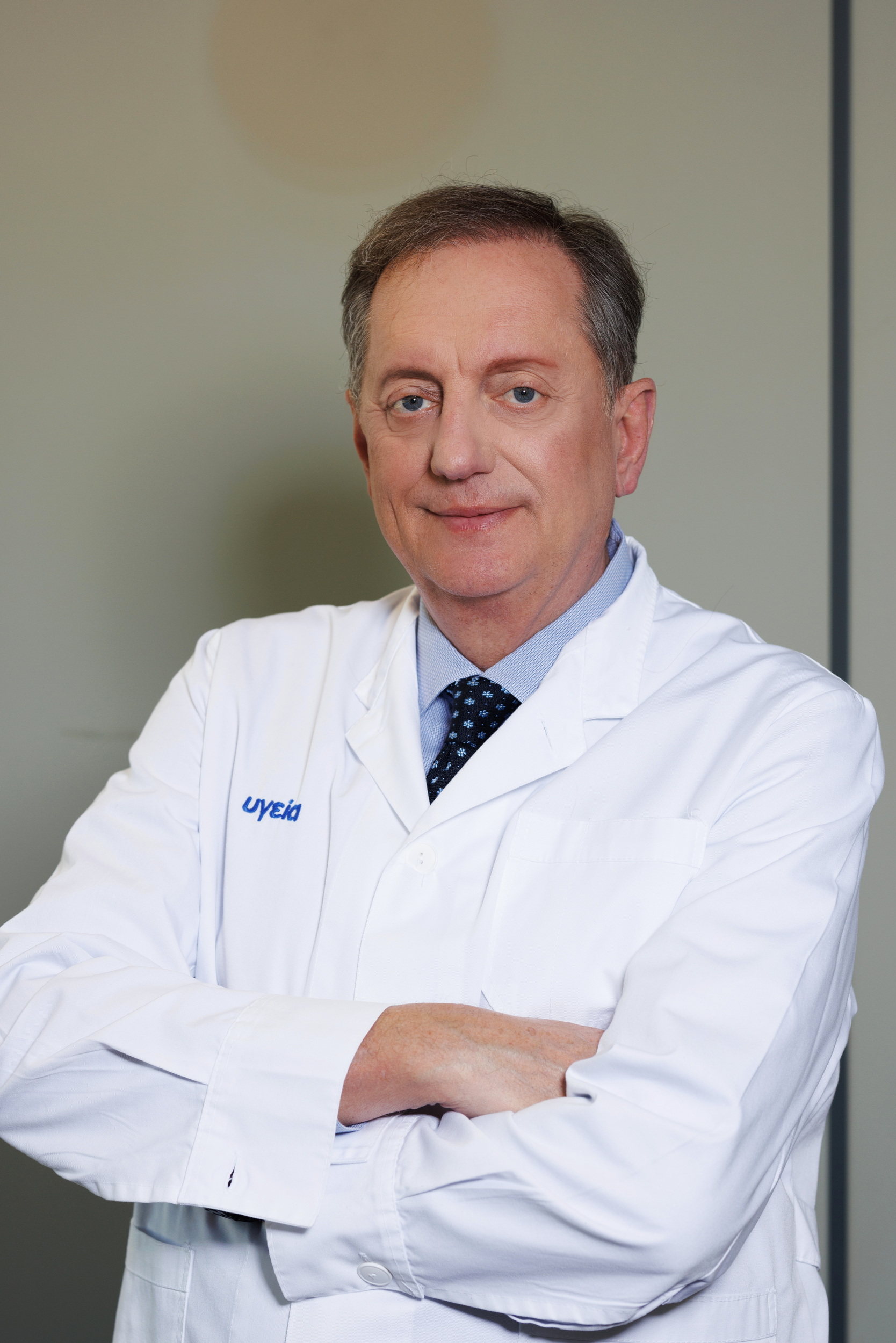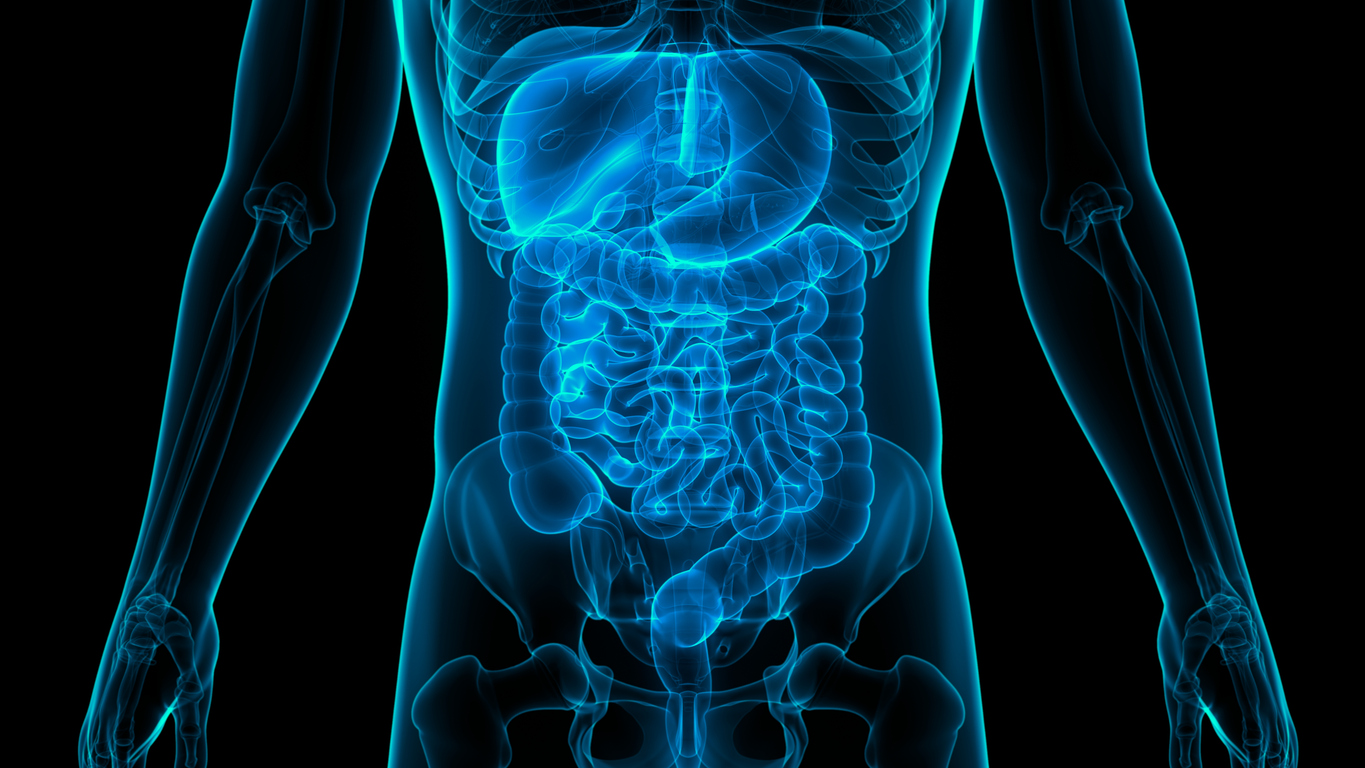Artificial intelligence in the field of medicine refers to the field of IT, which deals with the detection and treatment of diseases of the human body.
It does not come to replace the doctor, but to add an additional tool to the diagnosis and treatment of the diseases of the human body. Artificial intelligence (AI) continues to rapidly evolve in medicine, and its clinical applications are becoming increasingly apparent and tangible. Relying heavily on endoscopic and radiological imaging, gastroenterology has become an attractive field for artificial intelligence.

Endoscopy is the most important diagnostic and therapeutic tool in the field of gastroenterology and it is also evolving rapidly due to the enormous development of medical technology. The evolution of 4K imaging, the addition of magnified zoom endoscopy and chromoendoscopy, as well as the integration of other techniques have reduced endoscopy to a major examination in the field of diagnostic and therapeutic medicine. Thus, the combination of artificial intelligence and modern endoscopy is expected to contribute even more to the evolution of gastroenterology and open new spaces for its future.
Special interest in the application of AI has already been manifested in several areas of the digestive system and many studies are being conducted with very encouraging results. These include the detection of gastrointestinal neoplastic lesions of the esophagus, stomach, pancreas and colon.
More specifically, the upper gastrointestinal tract includes many areas of increased interest regarding the detection of precancerous lesions in the esophagus, such as the identification of dysplasia and early neoplasia both in the esophagus (Barrett) and in the progression of intestinal metaplasia in the stomach. Although histopathological analysis is the gold standard for finding dysplasia in the above conditions, it is of utmost importance for endoscopists to obtain targeted biopsies from specific sites where the true lesion is most likely to be found. With the addition of conventional white light imaging (WLI), digital chromoendoscopy i.e. narrowband imaging (NBI), zoom endoscopy (Zoom), as well as cytoendoscopy (Cytoendoscopy), artificial intelligence can guide the clinician in performing guided biopsies for detecting areas of malformation rather than relying on random sampling.
In addition, the detection of precancerous and malignant lesions of the lower digestive system during colonoscopy is the cornerstone of colon cancer (CRC) prevention. It is estimated that the development of cancer after a screening colonoscopy and before the next scheduled one occurs in 2%-6% of cases and could involve missed polyps. This is critical to the development of any technique that increases diagnostic accuracy in this area, as we know that a 1% increase in the diagnosis of polyps reduces the risk of cancer by 3%.
This appears to be achieved by adding AI to colonoscopy. A large number of research studies are currently being developed in this direction, with the aim of more efficiently identifying premalignant lesions, i.e. polyps, with the technique of artificial intelligence. These have shown that AI increases its diagnostic accuracy with its sensitivity reaching 100%. Real-time polyp detection reaches 87.6%, while polyp diagnosis is false positive at 47%.
An observation that has gained our special attention is that the presence of experienced endoscopy nurses or trained fellows or any trained second observer during the procedure itself improves the adenoma detection rate (ADR). AI plays exactly the role of the documented second observer resulting in an increase in polyp detection rate.
Recently, the CADx technique has been added, which compares the endoscopic finding, the polyp in this case, with 13,000,000 stored images of corresponding polyps with histological confirmation. The processing is done in just 3 to 5 seconds and the result gives us the diagnosis of the polyp in about 95%, if it is an adenoma or a hyperplastic polyp. Adenomas are the polyps that develop into cancer, while hyperplastic ones are those that are not of such great clinical significance. Thus, the characterization by CADx provides us with the possibility to proceed with the removal of the polyp endoscopically with greater confidence and safety. Certainly the database will expand even more in the near future and AI will significantly contribute to the reduction of PE cancer as a final result.
Artificial intelligence continues to evolve and its integration into gastrointestinal endoscopy promises a future where diagnostic accuracy, personalized treatment and patient outcomes are greatly improved. The indications for its application and the possibilities are constantly expanding, with the result that artificial intelligence has evolved into a truly valuable tool both in the field of Gastroenterology and Medicine in general.
